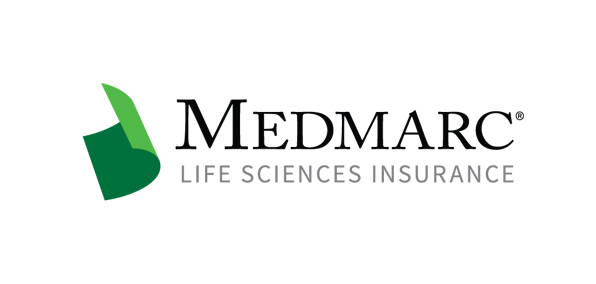FDA Discussion Paper Addressing 3D Printing of Medical Devices at the Point of Care
The U.S. Food and Drug Administration's (FDA's) Center for Devices and Radiological Health (CDRH) issued a discussion paper titled, ‘3D Printing Medical Devices at the Point of Care’. FDA requested comments as it tackles the novel issue of regulating 3D printing of medical devices at the point of care (PoC).
Although 3D printing of medical devices and medical device components is not itself novel, 3D printing directly at the PoC has really taken off since the COVID-19 pandemic. 3D printing has traditionally had a variety of benefits, such as custom fitting for the patient and reduction in cost and wait times. The pandemic and the need for certain pandemic products triggered supply chain shortages and disruptions. Suddenly, there was a dire need for products, such as face masks, face shields, nasal swabs, and ventilator parts. 3D printing aided in ameliorating the shortage of these pandemic countermeasures by allowing for PoC 3D printing that gave healthcare workers instant access to the equipment they desperately needed.
The problem with 3D printing at the PoC is the lack of controls and quality management systems that would be in place at traditional manufacturing facilities. 3D printing at the PoC means that these products are being created primarily at healthcare facilities by healthcare providers, who likely do not have the same level of manufacturing expertise as traditional makers of these products. In particular, healthcare providers may not be aware of the risks and complexities of the manufacturing process or the possible product defects that can arise during manufacturing that may eventually pose a threat to patients.
In the guidance document, FDA poses 16 salient questions that need to be addressed in creating new products, including: how to assure the safety and effectiveness of these devices, regulating controls during product design and manufacturing to assure the product’s specifications are met, how to determine the correct entities responsible for compliance including device design, testing, FDA premarket submissions, manufacturing, quality control, complaint handling, adverse event reporting, and corrective actions, and how to ensure that the facility has appropriate PoC training and capabilities.
As we shift out of the pandemic, there will be several parties interested in 3D printing at the PoC. Patient-specific anatomical devices are very relevant for plastic surgeons, distributors of orthotic devices, and orthopedic surgeons to name a few. Wide-spread 3D printing at the PoC may speed up the timeline of treatment. However, it will also create new risks as we potentially shift towards manufacturing complex devices directly at healthcare facilities. This will open up these healthcare facilities to an array of legal claims for which they will need to be prepared.
For additional resources contact the Marketing department
Phone: 888-633-6272
Medmarc is a member of ProAssurance Group, a family of specialty liability insurance companies. The product material is for informational purposes only. In the event any of the information presented conflicts with the terms and conditions of any policy of insurance offered from ProAssurance, its subsidiaries, and its affiliates, the terms and conditions of the actual policy will apply.
Copyright © 2026 - Medmarc
